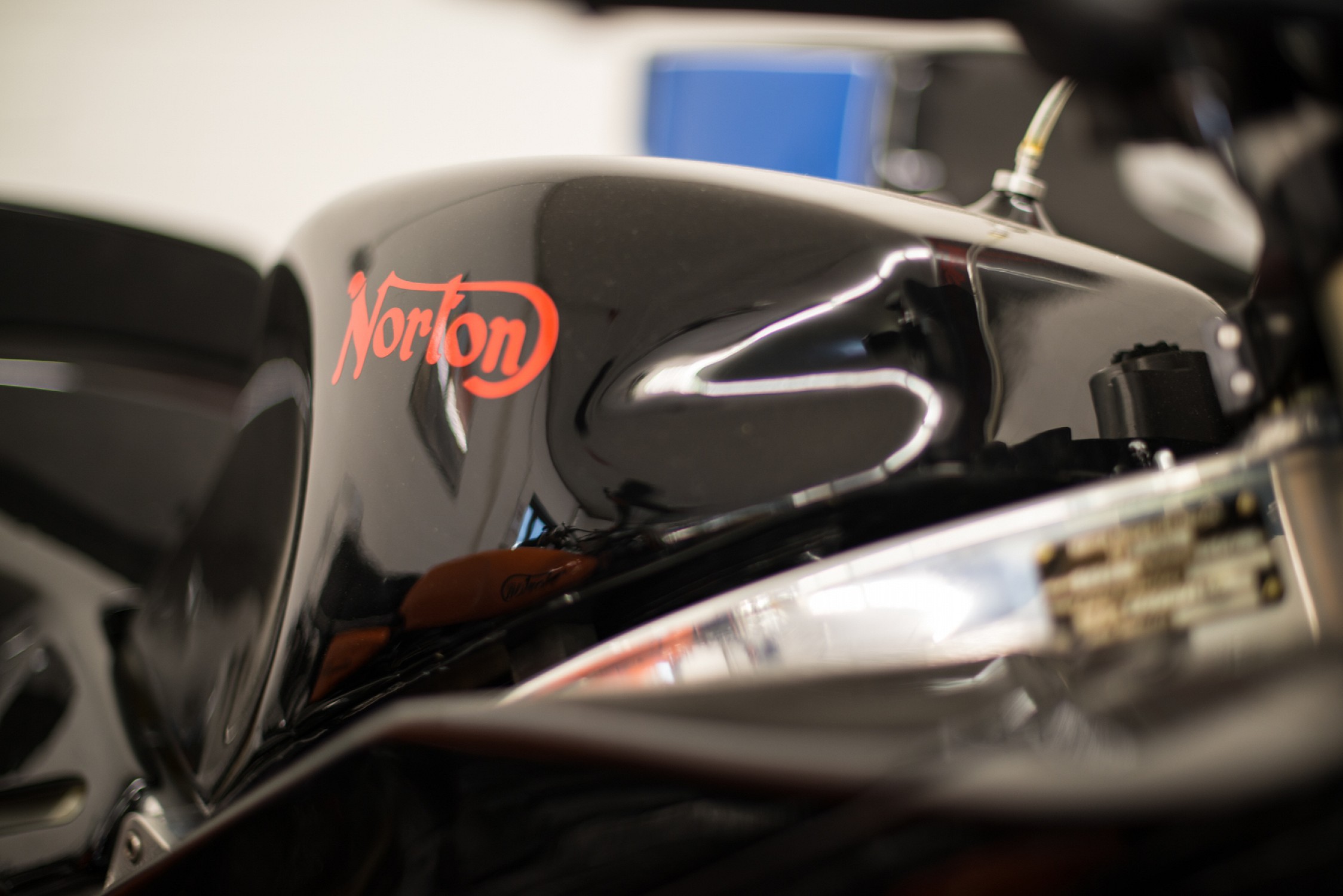marshg246
VIP MEMBER
- Joined
- Jul 12, 2015
- Messages
- 5,788
Grab the end of the crank and see if there's any up/down or left/right movement. If there is, you main bearing is bad and that's where the noise is coming from.I've removed the rotor and stupidly (getting tired), I forgot the rotor key would drop out. I'll have to figure out how it all goes back together later! I.e. which way around the key goes. Also, whether the collar/shim goes behind or in front of the rotor spacer.
View attachment 103495
I then mounted a DTI to see if the crank is bent. It's definitely not 100% true but I don't know what the tolerances are. I think it's deviating about 0.1mm. Is that normal?
Not sure what else to look for while the rotor is off. The sprocket seems to have a very small amount of play to it. Also, not sure if that's normal. I'm favouring Kommando's suggestion that the crank must be slightly bent, and a rotor skim could be the solution.
In the meantime, I've tightened the primary chain to a smidgen over 3/8's (preferring to err on the side of loose than tight).
You've found the rotor problem - not sure about the noise. If the end of the crank is wobbling but the sprocket is not then only the end has a problem.
When you put it back together, leave the stator off and try it. That will clear up whether the rotor and stator are touching.
When putting the rotor back on, remove everything but the sprocket. Then put on the thick spacer you show in the picture in the direction you have it in the picture. Then the key and then the rotor. Leave all thin spacers off.






